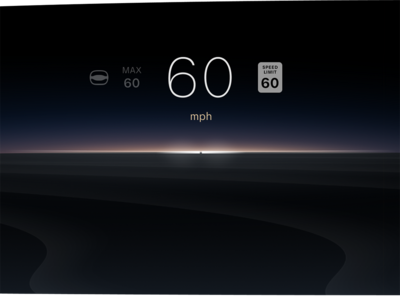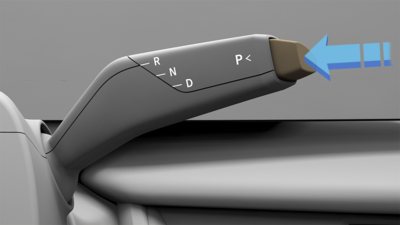Braking Systems
The braking system is the most important safety system in a vehicle and helps bring the vehicle to a complete stop.
The foot pedal operates the friction brakes through an electronic brake booster. If the vehicle loses power when driving, you may experience changes to the brake pedal feel, but continue to use the brake pedal to slow the vehicle. In rare cases, a vehicle power loss can require increased effort to the brake pedal to slow the vehicle.
A system check is performed when the vehicle is started, included a brake check function test. If brake-related faults are found, the corresponding warning indicators will remain illuminated.
![]() The Red Brake Indicator and a
notification message will display on the Clearview Cockpit if there is a
significant brake system fault or the brake fluid level in the reservoir is low.
Contact a Lucid Service Center as soon as possible.
The Red Brake Indicator and a
notification message will display on the Clearview Cockpit if there is a
significant brake system fault or the brake fluid level in the reservoir is low.
Contact a Lucid Service Center as soon as possible.
![]() Red Brake Indicator
(Canada Only)
Red Brake Indicator
(Canada Only)
![]() The Yellow Brake Indicator will display
on the Clearview Cockpit if there is a reduction in brake assistance. Contact a
Lucid Service Center as soon as possible.
The Yellow Brake Indicator will display
on the Clearview Cockpit if there is a reduction in brake assistance. Contact a
Lucid Service Center as soon as possible.
![]() Yellow Brake
Indicator (Canada Only)
Yellow Brake
Indicator (Canada Only)

